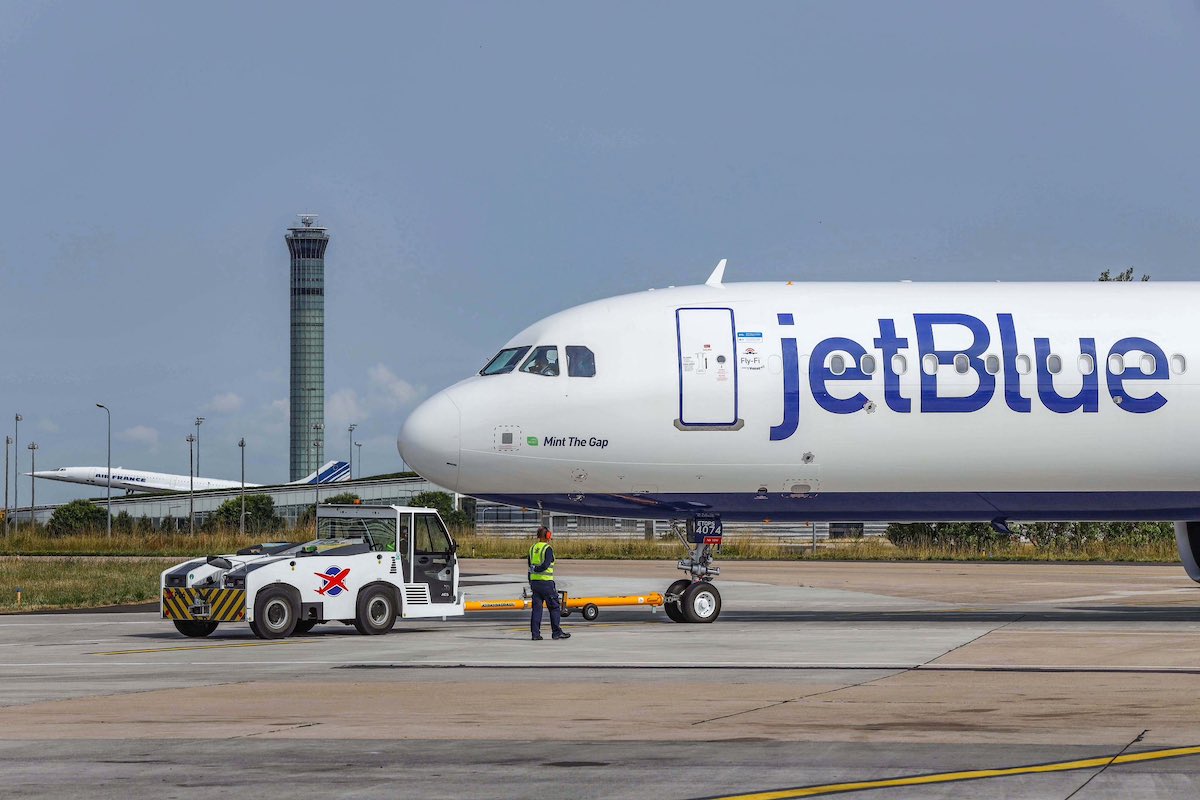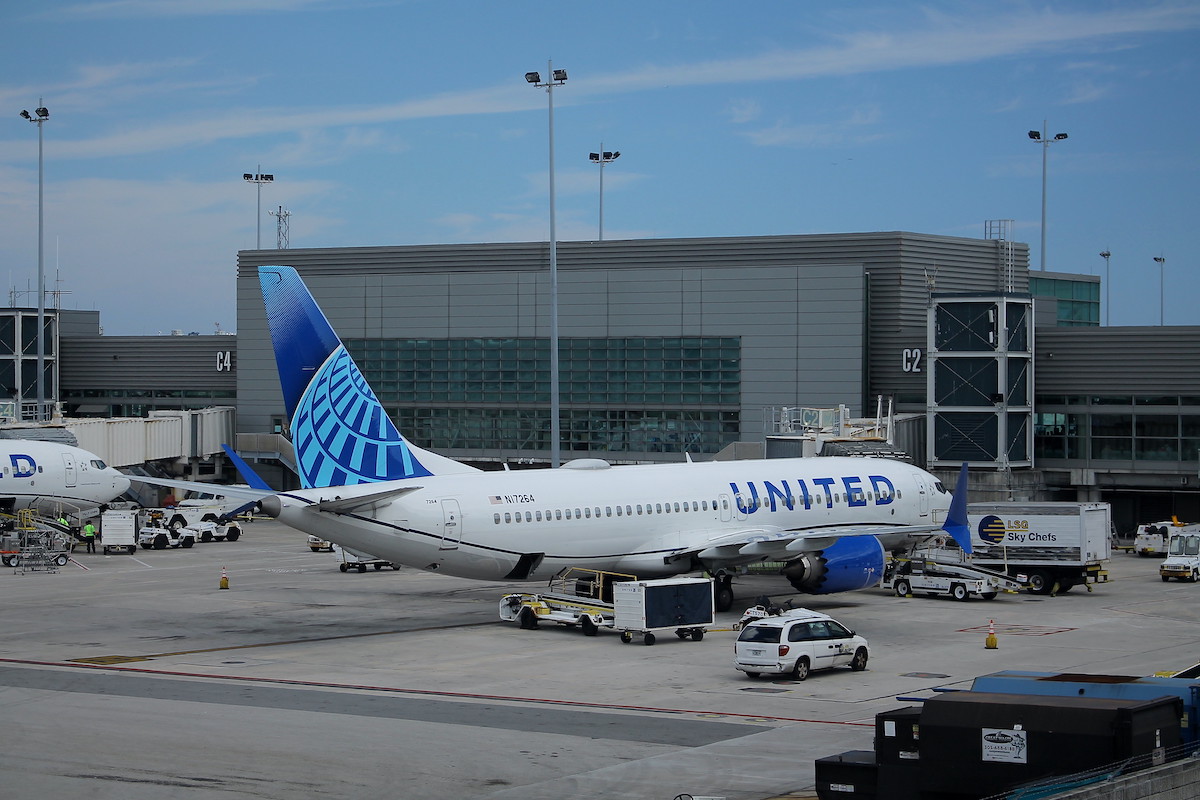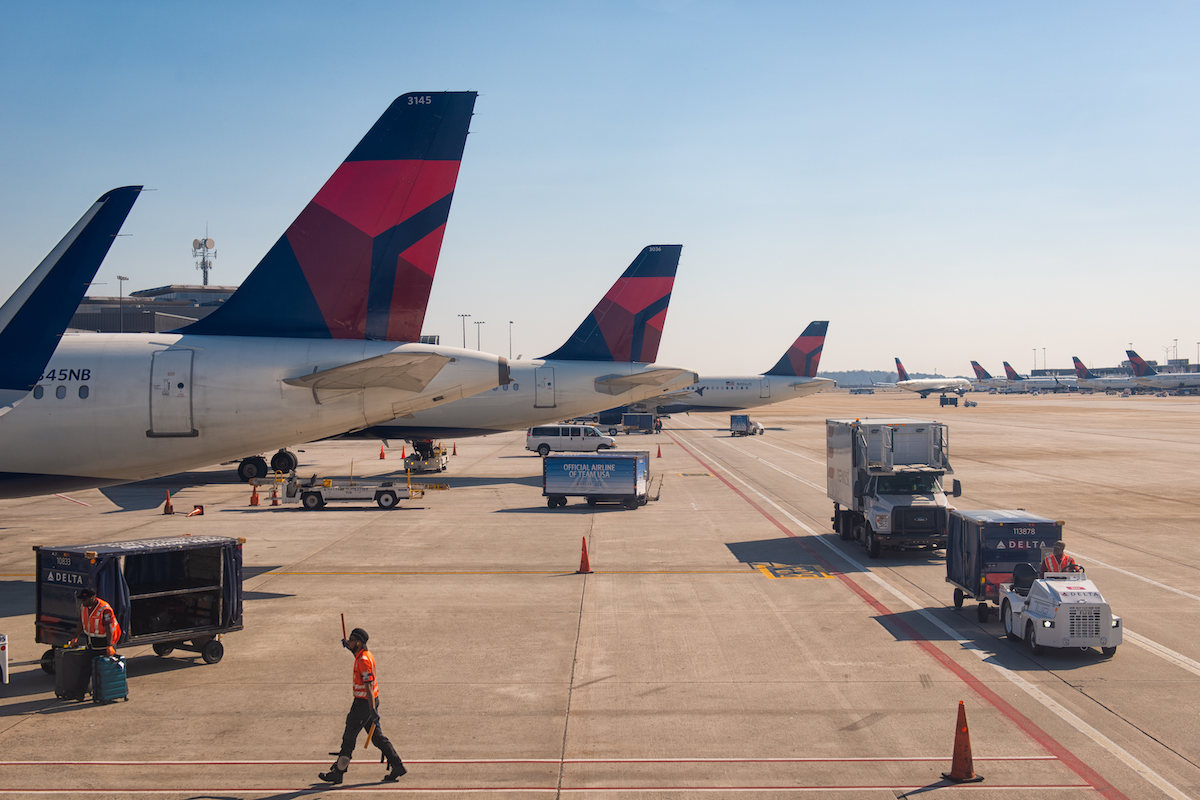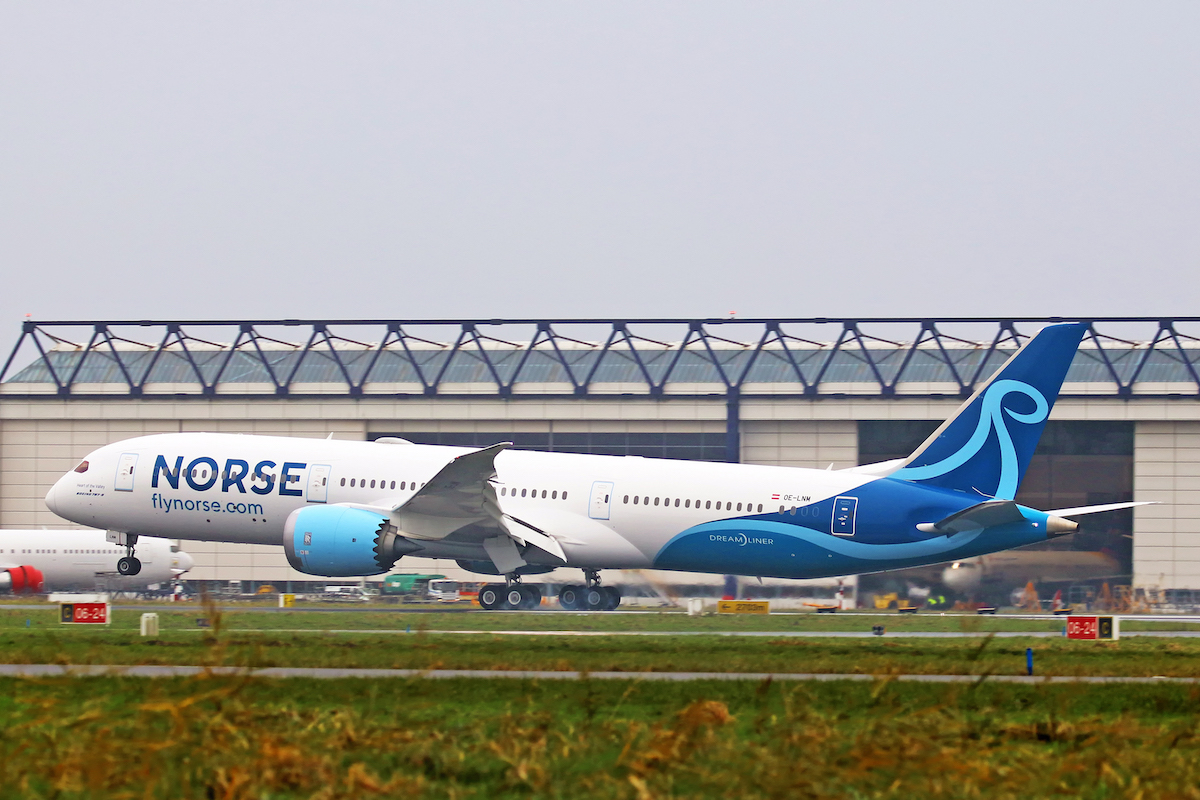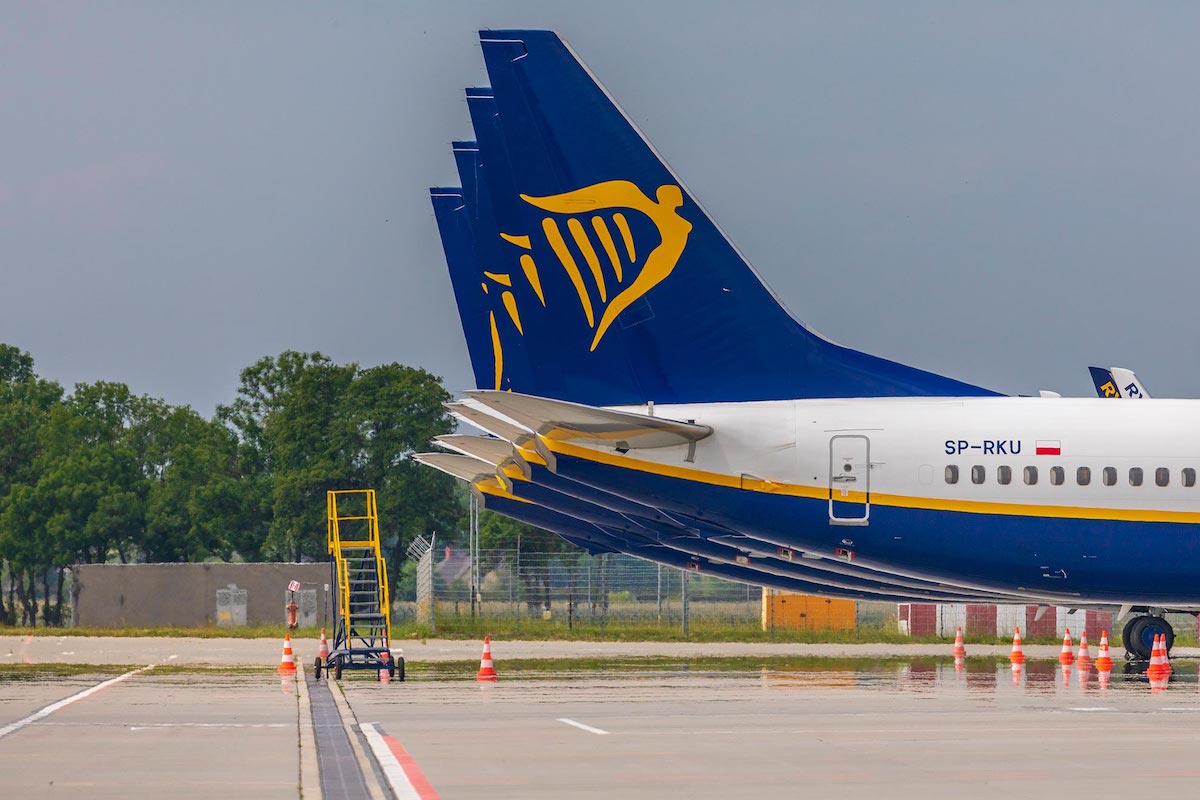EasyJet is predicting summer demand almost at 2019 levels, but the outlook is tempered by continued losses during the first three months of this year when the carrier grappled with the Omicron variant and a sharp drop in demand.
Capacity at the UK-based discounter rose as high as 80 percent of 2019 levels in March, and was two-thirds of 2019 for the fiscal quarter that ended in March. By comparison, during the same quarter last year, capacity was just 9 percent of 2019 levels, EasyJet reported in guidance to investors on April 12.
EasyJet saw the sharpest increase after January 24, when the UK ended most of its pandemic-era travel restrictions. Capacity lagged at 50 percent of pre-pandemic levels before the travel restrictions were eased and while the Omicron variant surged in the UK and Europe. Bookings are returning to their pre-pandemic balance between European and UK points-of-sale. Last year, bookings skewed 70 percent from Europe and 30 percent from the UK; now, bookings are back to being evenly split between the UK and Europe.
“Since travel restrictions were removed, EasyJet has seen a strong recovery in trading which has been sustained, resulting in a positive outlook for Easter and beyond, with daily booking volumes for summer currently tracking ahead of those at the same time in [fiscal year 2019],” EasyJet CEO Johan Lundgren said in a statement.
EasyJet plans to fly 90 percent of its 2019 capacity in the June quarter, and is forecasting a return to pre-pandemic levels in the September quarter, which is the final three months of the airline’s fiscal year. “We remain confident in our plans which will see us reaching near 2019 flying levels for this summer and emerge as one of the winners in the recovery,” Lundgren said.
Already a leisure-focused carrier, EasyJet is capitalizing on the current strength of leisure demand by expanding in European sun destinations this summer. The carrier secured additional slots at Greek airports and expects to be the largest airline in the Greek islands by the summer.
It plans to fund its expansion with the arrival of eight new Airbus A320neos this year, and seven in 2023.
EasyJet does not have much exposure to Eastern Europe and is not directly affected by the war in Ukraine. It did not operate any routes to Belarus, Russia, and Ukraine before the war and Western sanctions prohibited flying to those countries. The closest it comes is Budapest, Hungary, and Krakow, Poland, which together comprise less than 2 percent of EasyJet’s capacity. So far, bookings to those destinations have not softened, the carrier said.
The airline is affected by the rising price of fuel, but EasyJet is insulated by its strong hedge portfolio. The carrier hedged 64 percent of its fiscal second half fuel at $571 per metric ton, has hedged 42 percent of its fiscal first half 2023 fuel at $654 per metric ton. The spot price for fuel on April 11 was $1,100 per metric ton.
Despite the optimism, EasyJet’s losses continued in the fiscal fist half. The carrier is projecting a loss of between £535-£565 million ($697-$736 million) in the six months that ended in March. Costs rose to £2 billion, due to the higher fuel prices and costs associated with increasing capacity as well as the ending of government furlough support, the carrier said.

